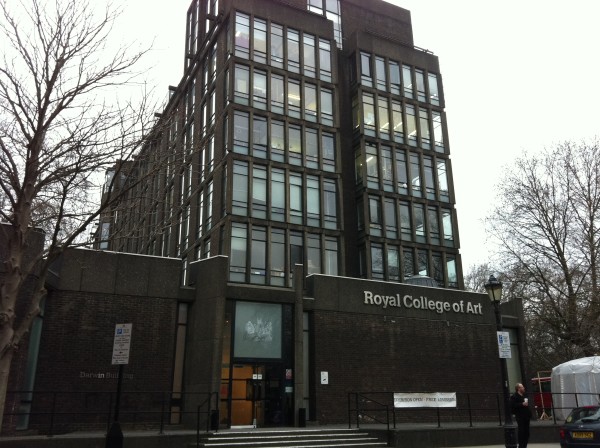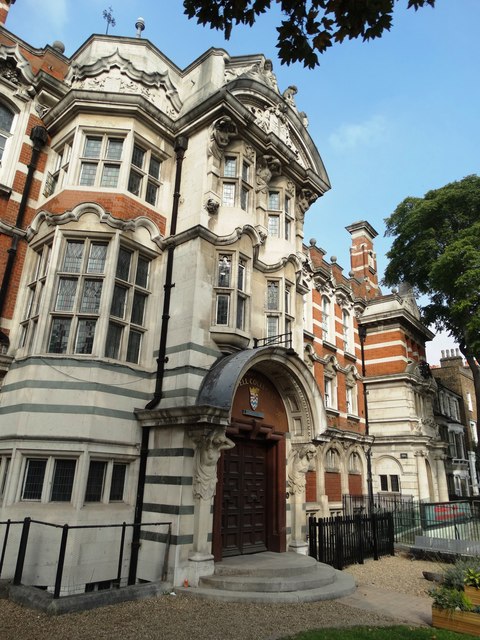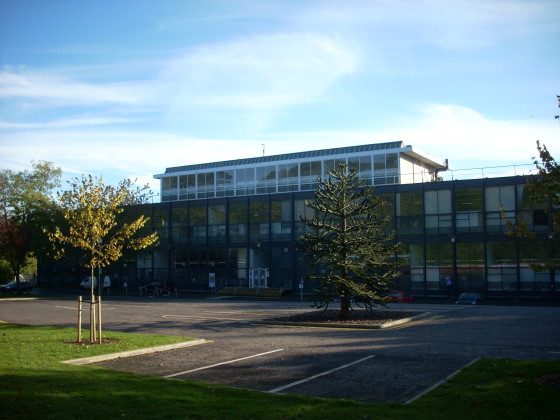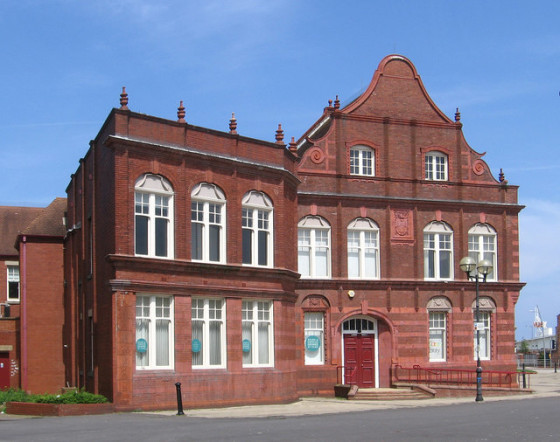If there is one type of institution that may never receive its just credit for its pivotal role in producing some of the world’s genuine creative greats – in fields often far transcending fine art – it has to be the art school.
Such wide-ranging luminaries as Freddie Mercury, Damien Hirst and James Dyson had their world views shaped by an art school education, to say nothing of the momentous cultural and societal movements for which art colleges have so often served as catalysts.
Here are five of the UK’s most celebrated art schools and the stories behind them.
Royal College of Art
The RCA‘s status as the world’s only entirely postgraduate art and design university on the planet should be sufficient in itself to mark itself out, although a long and distinguished history also does much to support its present formidable prestige.

Established in 1837 in Somerset House, but only receiving its present name in the 1890s, the institution was at one point producing seemingly all of the UK art world’s most influential practitioners, from David Hockney and Bridget Riley to Frank Auerbach and Henry Moore.
That position at the forefront of British art education may have been superseded somewhat by the coming of the Goldsmiths’ College-assisted ‘Young British Artist’ (YBA) era that took hold from the end of the 1980s, but even here, the RCA continued to play its part, providing a conservatism in painting for 1989 graduate Tracey Emin – she of the unmade bed – to rebel against.
Camberwell College of Arts
Now one of the University of the Arts London’s many constituent colleges, the long-time Camberwell School of Arts and Crafts can count the 1984 and 1985 Turner Prize winners, Malcolm Morley and Howard Hodgkin, among its alumni.

Camberwell enjoyed a particular eminence among London art schools in the mid-20th century, when it boasted a teaching staff comprising such vaunted figures as Victor Pasmore, William Coldstream and Claude Rogers – all prominent members of the Euston Road School with figurative painting practices.
Such was the influence of the golden era for teaching at the South London art school overseen by the aforementioned figures, that it took the arrival of Robert Medley – as Head of Painting – and Frank Auerbach on the staff payroll towards the end of the 1950s to finally usher Camberwell away from what the former described as “the Coldstream manner of drawing”.
Gray’s School of Art
Today’s visitors to the granite Aberdeen Art Gallery at Schoolhill may be largely unaware that next door was once the city’s art school, made possible by the generosity of local businessman and philanthropist John Gray.

By the 1960s, however, the pressing need for space led to a move to a new modernist building in the rather greener environs of Garthdee. Along the way, the school has produced such leading artists in Scottish national life as the botanical artist and horticultural artist Mary McMurtrie and the Turner Prize-nominated abstract painter Callum Innes.
Hornsey College of Art
That those in education so routinely talk of a time “before” and “after Hornsey” should say much about the seismic influence of the 1968 student sit-in at the Crouch End, Haringey institution.
The affair led to copycat protests in other UK art schools, and served to spark debate about the way art was taught in Britain. The college was absorbed into Middlesex Polytechnic in the early 1970s, with the building that once housed it now part of a primary school. However, with its alumni list including the likes of graphic designer Neville Brody, Anish Kapoor and sculptor Richard Wilson, its influence will be slow to fade.
Cleveland College of Art & Design
North East England’s only specialist art and design college enjoys a distinguished history through its two predecessor colleges, Middlesbrough College of Art and West Hartlepool School of Art.

The former institution in the North Riding of Yorkshire can claim such former students as celebrated English abstract painter William Tillyer, Bob the Builder production designer Curtis Jobling, Guardian cartoonist Steve Bell and bestselling ‘square sheep’ artist Mackenzie Thorpe.
Those to have enrolled down the years at its sister institution up north in West Hartlepool, meanwhile, include the Jerwood Painting Prize-shortlisted painter Basil Beattie, the late film director Tony Scott and his older brother Sir Ridley Scott. Indeed, the latter cited the local Teesside industrial landscape as an inspiration for the design of his 1980s sci-fi classic Blade Runner.
Up and down the UK and across the globe, there are artistic educational institutions with fascinating stories of their own to tell. Your favourite painters, sculptors, academics and even sculptors may largely have an art school education to thank for their distinctive view of the world. What compelling stories can be found in the past of your own local art college?






